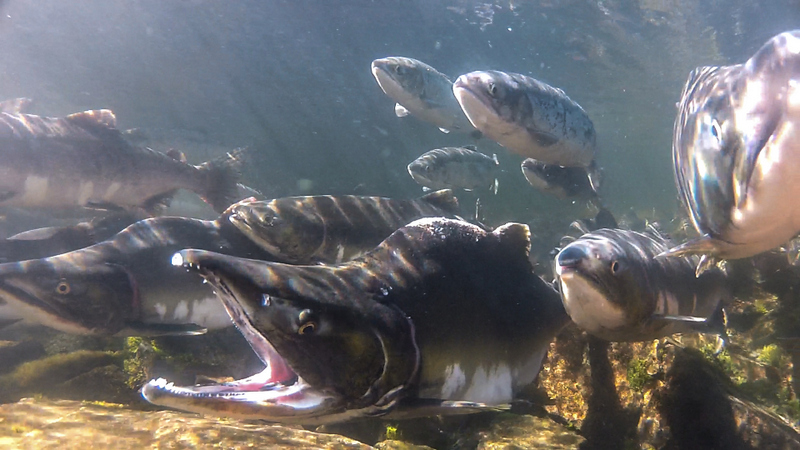A first ever, 10-year study estimates the numbers and values of what the Tongass and Chugach rivers and streams contribute to Alaska’s commercial salmon industry.
The Tongass is the largest national forest in the country at nearly 27,000 square miles and covers most of Southeast Alaska. The adjacent Chugach at half the size ranks as the nation’s second largest forest and covers the Copper River delta, Prince William Sound, and part of the Kenai Peninsula.
The study results showed that from 2007 to 2016, the two forests contributed 48 million salmon on average each year to commercial fisheries, with a dockside value of $88 million.
These “forest fish” represented 25 percent of Alaska's total salmon catch for decade and 16 percent of the total commercial value.
For the Tongass, the most lucrative “forest fish” was pink salmon, averaging $42 million to fishermen each year. Silvers came next, averaging nearly $15 million, and chums at almost $9 million.
For the Chugach, the priciest returns came from sockeye salmon, which produced $10.5 million in local catches on average. Pinks were next at $6.2 million.
The study said it underestimates the value of salmon produced by the forests, as it only takes into account commercial harvests and does not recreational or subsistence uses. It also counts only dockside value, and not the economic impacts of local fish processing.
The 10-year project was funded by the U.S. Forest Service which is interested in estimating the different activities and services that national forests provide. Find "Quantifying the Monetary Value of Alaska National Forests to Commercial Pacific Salmon Fisheries" in the North American Journal of Fisheries Management.







